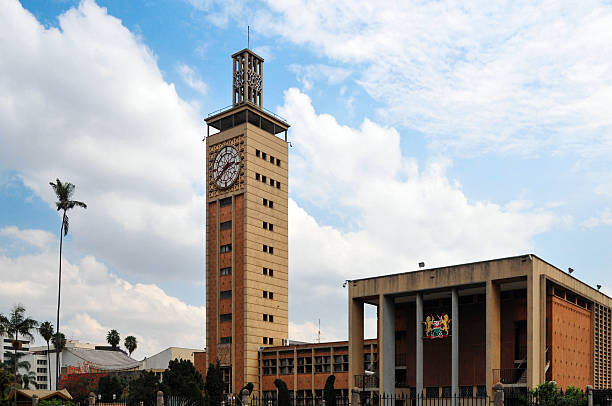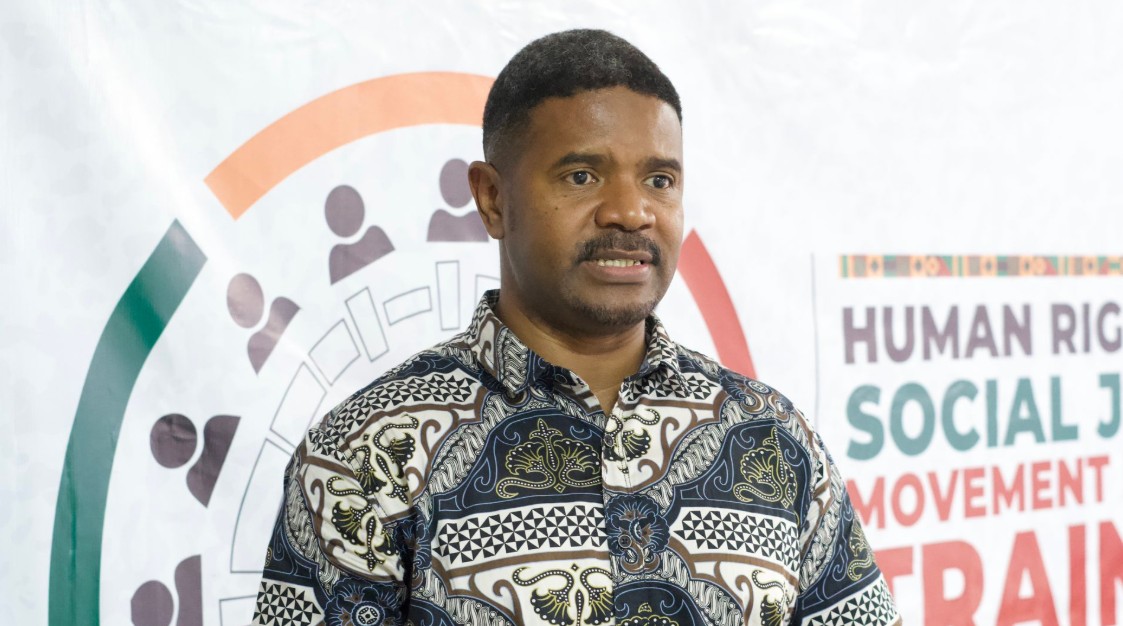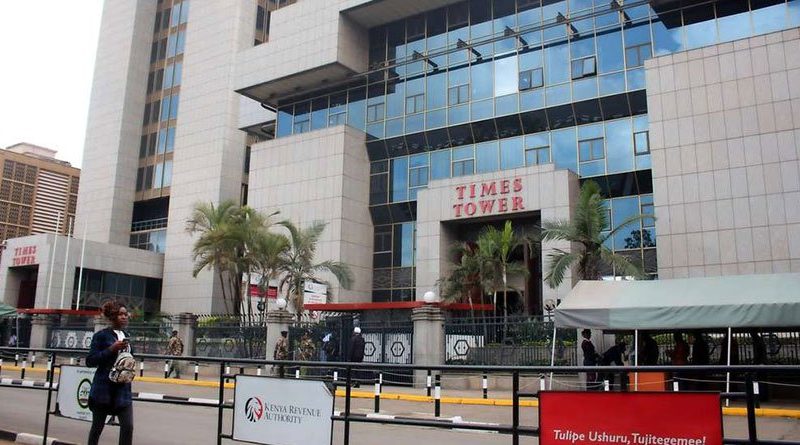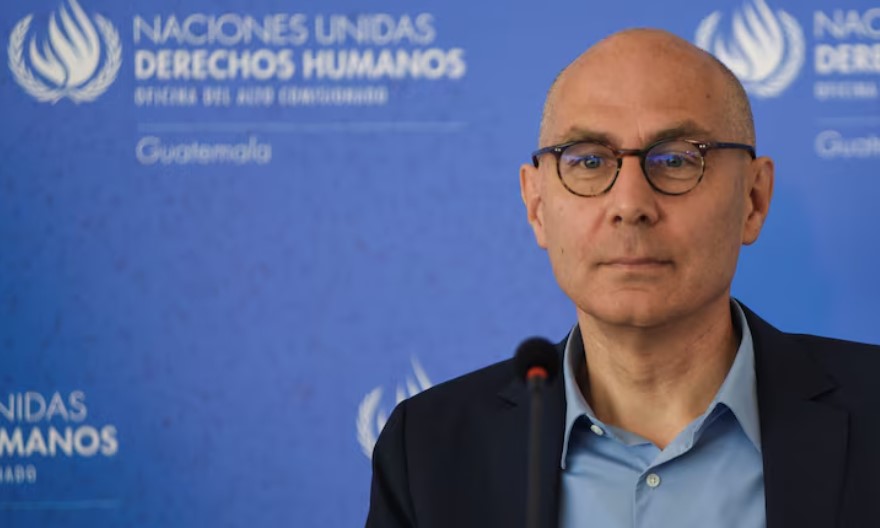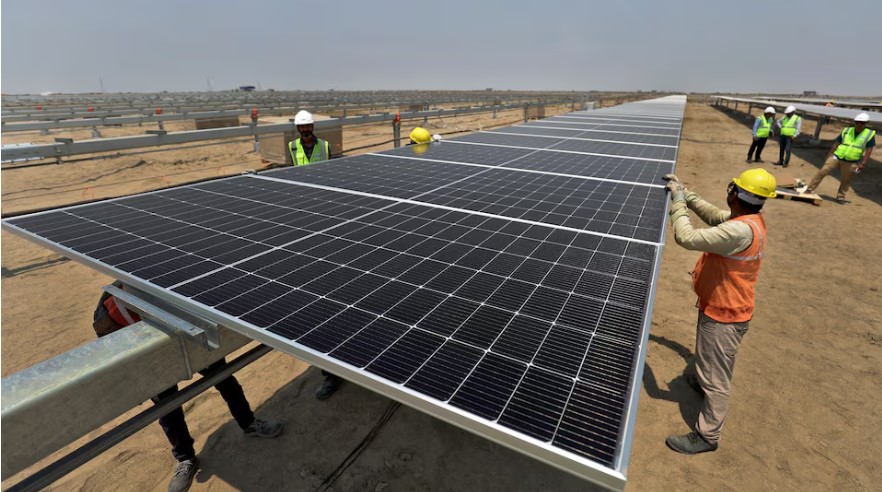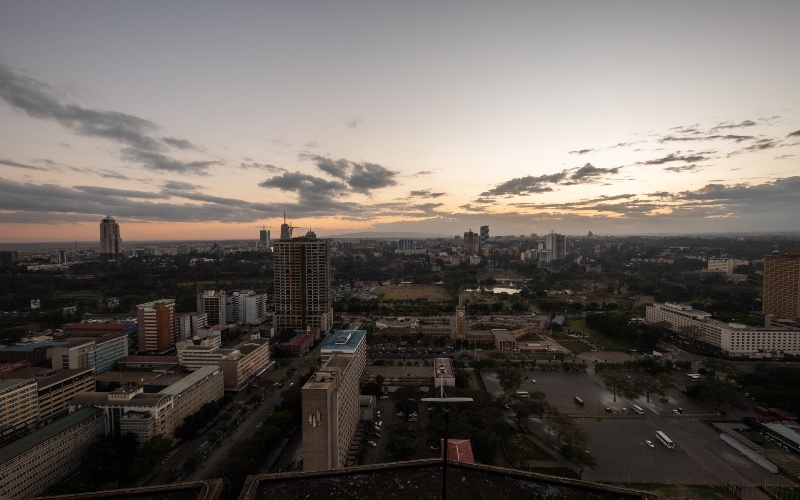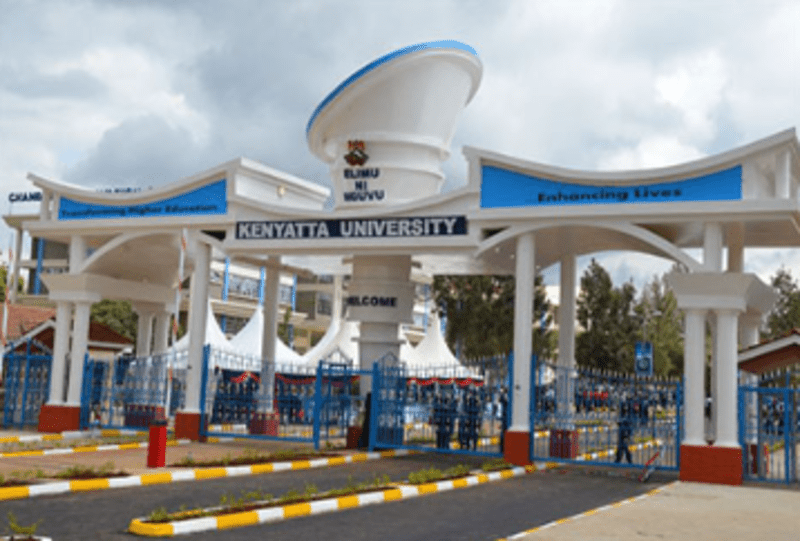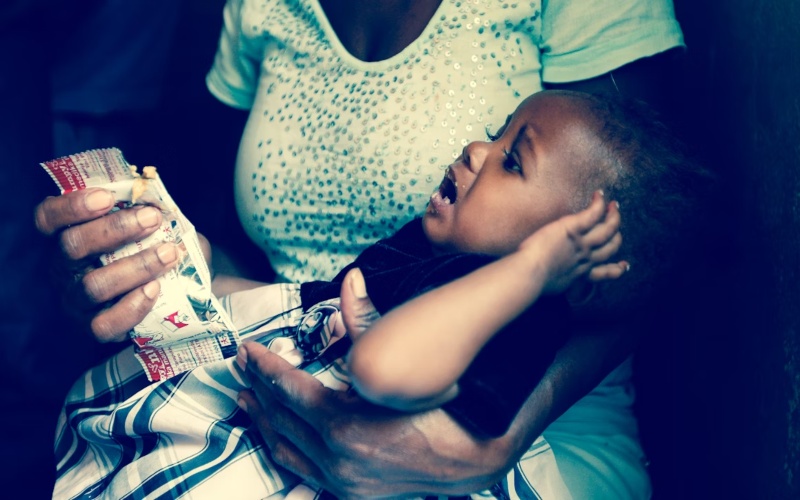Kenya seeks World Bank, EU support to remove toxic asbestos roofs

Asbestos, once a popular building material in the 1970s for its heat and sound resistance, was banned in Kenya in 2006 after it was linked to severe illnesses such as lung cancer and mesothelioma.
Kenya is reaching out to the World Bank and the European Union (EU) to help finance the nationwide removal of asbestos roofing materials that have been linked to cancer and other respiratory illnesses.
The initiative, approved by the Cabinet, aims to replace ageing and unsafe asbestos sheets with safer, eco-friendly roofing alternatives.
More To Read
- Global economic outlook dims as IMF warns of prolonged uncertainty
- Runda residents stage protest over controversial luxury housing project
- World Bank urges Kenya to raise excise taxes to clear Sh526 billion pending bills
- Senator Tabitha Mutinda appointed to global board on World Bank, IMF
- Kenya confident of new IMF funding deal amid improved economic outlook
- Kenya spends Sh7 of every Sh10 collected on debt repayment - report
Housing Principal Secretary Charles Hinga said the exercise is a major health and environmental undertaking that requires substantial resources and technical know-how.
“As a nation, we have determined that we are going to remove asbestos, but the main issue is that it is very expensive. It is not just like iron sheets where you can just decide to remove them today; asbestos can only be removed by experts who know how to do it, and NEMA is leading the process,” he said.
Hinga noted that the government has started engaging global financiers to raise the funds needed to complete the project.
“Removing cancer-linked asbestos roofs requires huge funding and special handling, and we are engaging international financiers to provide the support,” he added.
According to the Housing Department, over 120,000 units in various parts of the country still have asbestos roofs, many of which date back several decades.
The PS explained that the process demands specialised expertise because asbestos fibres are highly toxic and pose severe health risks if mishandled.
Speaking during a tree-planting exercise at Naivasha Boarding Primary, Hinga said the removal project is part of broader efforts to modernise housing and promote environmental sustainability.
He reaffirmed that the affordable housing programme remains a top government priority, noting that more than 257,000 units are currently under construction, employing over 300,000 Kenyans daily.
The PS said the housing initiative also targets the construction of 147,000 student accommodation units in universities and colleges to bridge the existing shortage. He added that the programme seeks to provide safe and decent homes for more than seven million Kenyans living in informal settlements.
Hinga said Kenya has received recognition from across the continent for its housing programme, adding that the initiative is being wrongly politicised by some critics. He also emphasised that housing challenges are global, with over 1.6 billion people worldwide living in slums.
During the Naivasha event, Hinga led students and officials in planting 1,000 trees as part of the government’s broader plan to mitigate climate change.
He said prolonged droughts and heavy floods have caused widespread suffering and destruction, adding that the country must act quickly to counter the threat.
Hinga welcomed President William Ruto’s directive to set up 300 tree-growing sites across the country, which will be managed by the Kenya Forest Service (KFS) and the Kenya Wildlife Service (KWS) to support the 15-billion-tree campaign by 2032.
Meanwhile, the Ministry of Environment has instructed the National Environment Management Authority (NEMA) to ensure all buildings with asbestos roofing are identified and cleared within three months.
The directive, issued by Environment CS Aden Duale on August 28, orders public and private building owners to comply within 90 days.
“He has already written to public institutions with such roofing to remove them and dispose of them in line with NEMA guidelines,” the authority said in a statement.
Duale said the move is aimed at protecting citizens from the health hazards caused by asbestos exposure.
Asbestos, once a popular building material in the 1970s for its heat and sound resistance, was banned in Kenya in 2006 after it was linked to severe illnesses such as lung cancer and mesothelioma.
However, many old schools, hospitals, and government buildings still have asbestos roofs, exposing thousands to risk.
In 2017, residents of Blue Valley Estate in Nyeri raised an alarm over asbestos roofing, petitioning Parliament through their then MP Esther Murugi to take action.
Parliament later directed the Ministry of Health to assess residents for exposure and recommend measures to replace the roofs with safer materials.
Top Stories Today
